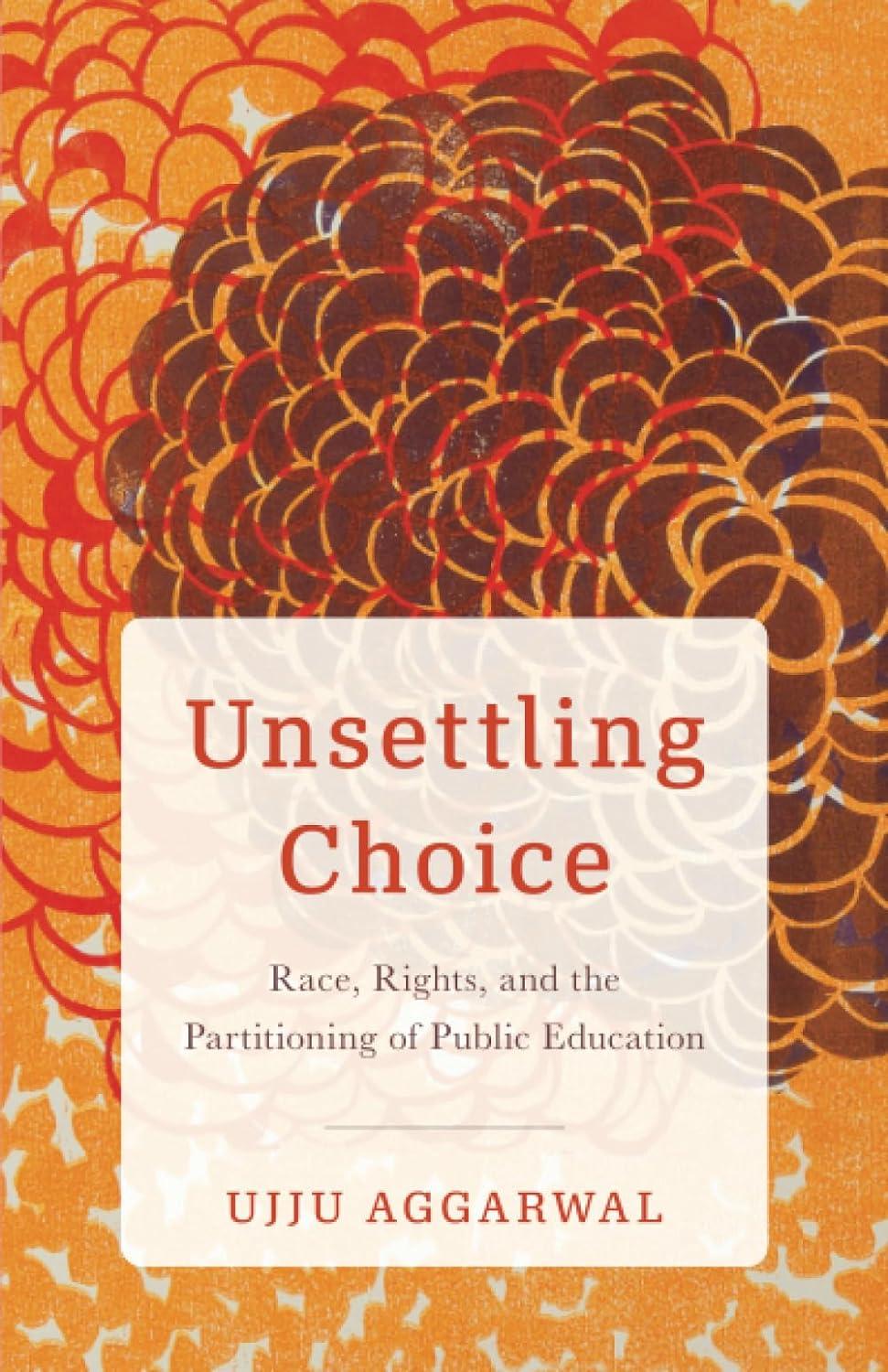On one hand, the question of what is new or not directs us to map the shifts taking place in the public elementary schools of Manhattan Valley. For poor and working-class families of color, these changes, outlined above, were marked by an intensification of disregard and exclusion, creating the context for Nicole’s reflection that “they do not want our children.” These conditions (of expanded choice policies and increased segregation and inequality) were not random, nor were they distinct from one another. Rather, they worked in concert. In what follows, I work to map the relation among them, considering also what we might learn from Tasha’s question, which directs us to examine how the circumstances that the women at the Head Start Center confronted were not mediated by privatization—and also by no means new.
Indeed, rather than novelty, Tasha’s provocation requires us instead to consider the question of continuity. While, in recent years, social movements have drawn increased attention to the violence of racialized dispossession, within education studies one of the following explanations is often mobilized in considering its continuity: a flat historical line between slavery, Jim Crow, and the contemporary period; novel forms of neoliberalism as privatization, which in turn result in “disparate” race-based outcomes and a devolution of U.S. democracy; and the problem of better managing inequality in schools. Centering the constraints and contradictions encountered by the women at the Head Start Center and what they might teach us about the intersections of choice, structured precarity, and racialized exclusion as they relate to questions of liberal rights and public education, I suggest a different approach to addressing Tasha’s provocation: one that emphasizes historical specificity, contingency, and a non-reified understanding of race. Drawing on Ruth Wilson Gilmore’s observation that “while repetition is part of the deadly drama of living in a racial state, the particular challenge is to work out the specific realignments of the social structure in a period of rapid change” (Gilmore 2007, 214; see also Hall 1980), I track the realignment that took shape through choice— as a key principle of reform and management in public education that emerged in the post-Brown period.
